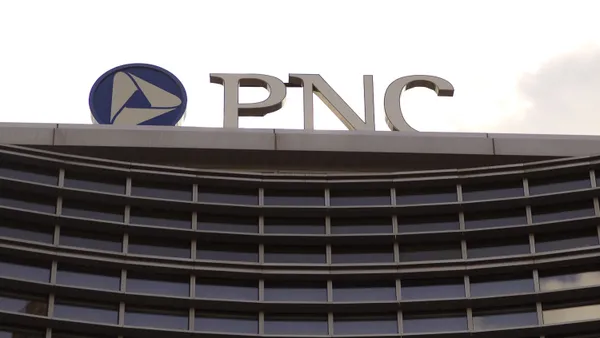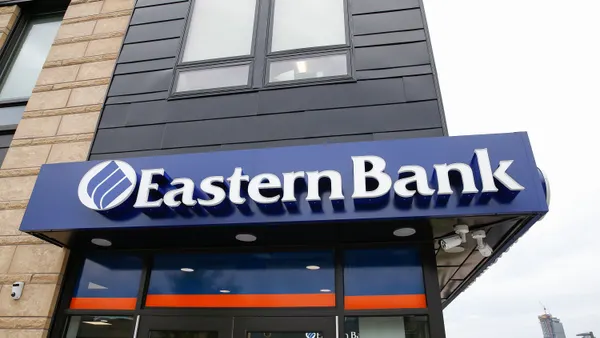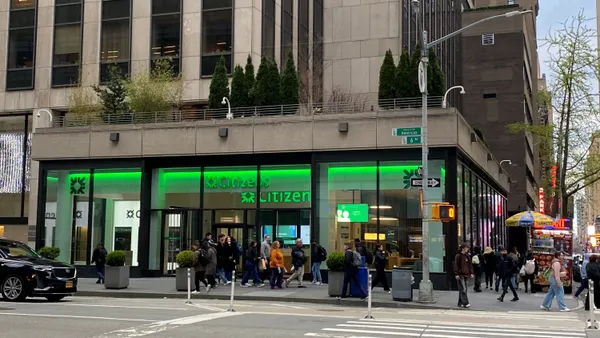Varo Bank, the first neobank to be granted a national bank charter by the Office of the Comptroller of the Currency, has slowed its burn rate following several cost cuts it implemented over the past year, according to the bank’s latest call report.
The bank reported a net loss of $84 million for 2022’s first quarter, a trajectory that had put the bank at risk of running out of funds by the end of the year. In an effort to move closer to profitability, Varo cut jobs, reduced its marketing spend and launched a new business unit last year.
While the bank still posted a net loss of $236.5 million for 2022, it’s an improvement over 2021’s $265.5 million loss, meaning the firm’s cost-cutting measures appear to be working.
The bank’s net loss was $32.5 million for the quarter ending Dec. 31, down 23% from $42.5 million in Q3 and down 63% from a year earlier, when it reported a loss of $88.1 million.
The bank reported $148.7 million in equity capital at the end of 2022, compared with $345.5 million at the end of 2021.
Varo limited hiring and shrunk its workforce last year, announcing in July that it planned to lay off 75 employees, 10% of its staff.
The bank reported it had 576 full-time equivalent employees at the end of 2022, compared to 833 a year earlier. A Varo spokesperson attributed the decrease to a combination of natural attrition and fewer total number of hours worked in the fourth quarter.
Salaries and employee benefits were higher in 2022 — $120.4 million, compared with $94.3 million in 2021.
Approximately 95% of the bank’s year-over-year increase in salaries and employee benefits occurred in the first half of 2022, a Varo spokesperson said. The increase was related to an increase in gross wages combined with stock compensation, merit impact and bonuses, and was not related to the reduction in force, the spokesperson said.
Part of the bank’s attempt to pare back expenses has been initiating cuts to its marketing budget. This comes amid a shift in focus from maximizing user numbers to growing the number of customers that use Varo as their main bank.
"We’re tapering back the heavy growth spending and some of the expensive customer acquisition," Varo’s CEO, Colin Walsh, told Axios last year. "We’re not going to spend hundreds of millions of dollars on marketing to create an iconic brand."
The bank’s marketing strategy in 2021 included a 30-second spot in the Super Bowl, Varo’s first TV ad.
Total marketing expenses dropped significantly, to $84.5 million at the end of 2022, from $123.3 million a year earlier.
The company’s new tech unit, Varo Tech, has been tasked with executing the bank’s new growth strategy, the bank said in a statement accompanying the call report.
“This includes driving higher numbers of primary bank relationships and improving our unit economics,” Varo said.
Varo Tech brings together engineering, product, design and data teams, a move that’s helping the company realize efficiencies, Walsh told Banking Dive last year.
“You don’t have to attend as many meetings, you don’t have to spend time bringing people together, you don’t have to do a lot of rework,” he said. “It allows us to do a lot more with fewer resources.”
New offerings
As the bank initiates cuts in an attempt to reach profitability, it has also added and enhanced some offerings, moves the bank believes will also grow primary banking relationships.
The bank added peer-to-peer payments network Zelle to its platform in November, and increased its Varo Advance limits from $100 to $250. Varo said it is also continuing to evaluate new payment initiatives for 2023.
Those enhancements, Varo said, are examples of its “bank charter in action,” a designation it says gives it a competitive edge over other neobanks.
“As the first techbank (consumer fintech with a banking charter), we are uniquely positioned to navigate these changing market conditions and deliver our mission to expand financial inclusion and opportunity,” a Varo spokesperson said in a statement.












